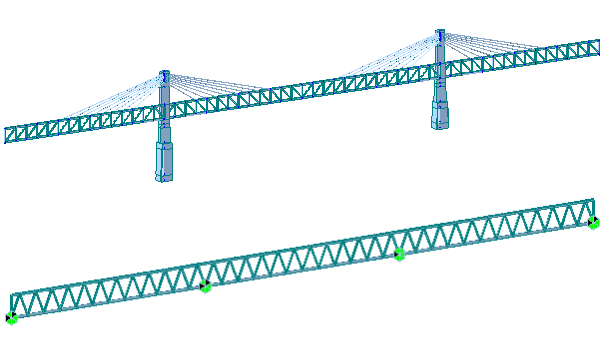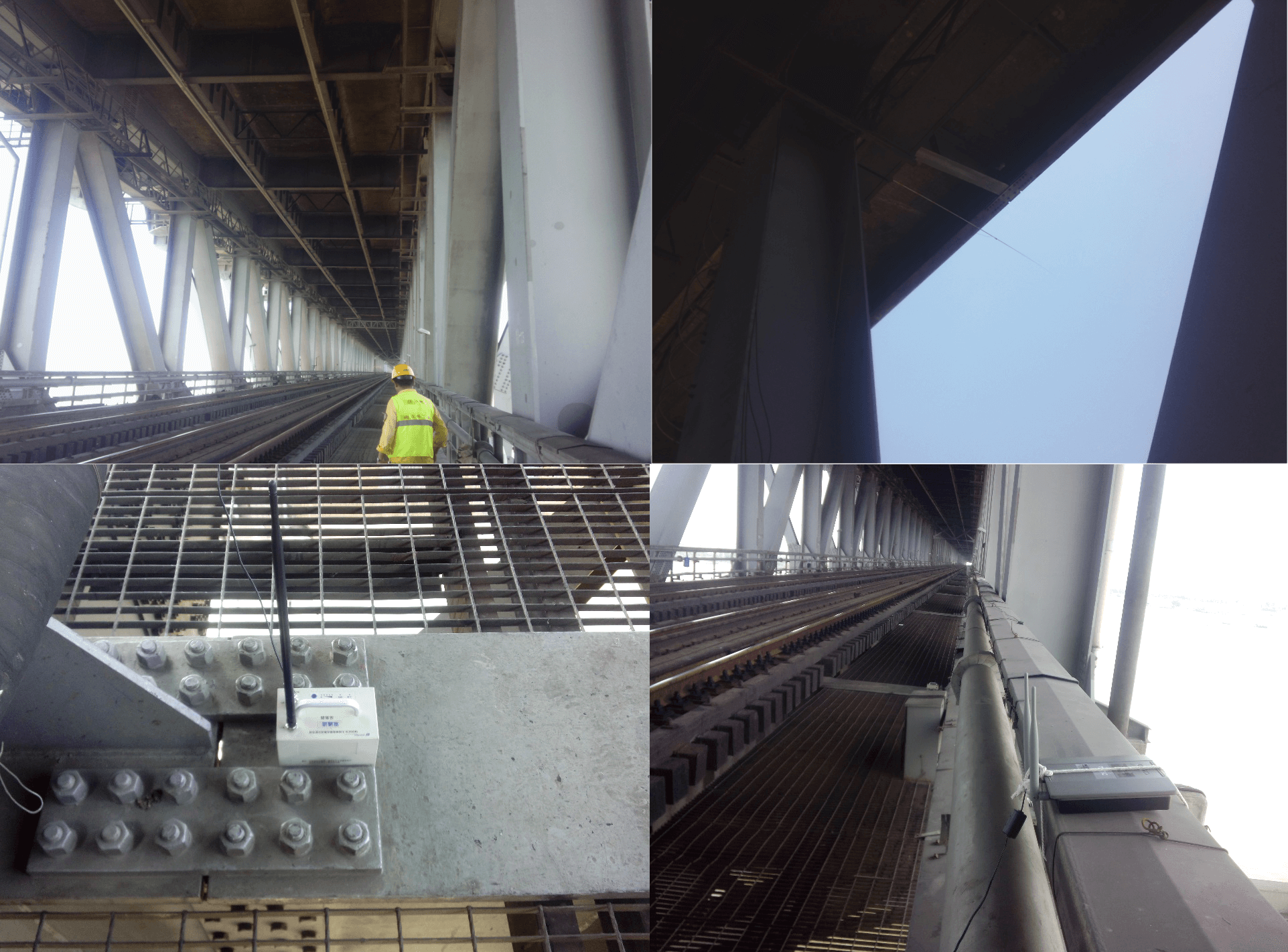Wuhu Yangtze River Bridge is the last railway-highway double-used and double-decked
bridge built on the Yangtze river in China at the end of the 20th century. The bridge has
adopted more than ten new technologies and techniques, which has created many firsts
in bridge construction technology. It is the fourth milestone and the landmark project in bridge
construction in 20th century.

The railway bridge connects the Huainan line in the north and the Nanjing-Wuhu,
Wuhu-Tongling, Anhui-Jiangxi, Xuancheng-Hangzhou line in the south, which is
the key project of the second passage in east China. The whole railway bridge is 11620.3m
(including line C 1093.3m) long, and the length of highway bridge is 5681.2m.

The main bridge is 2193.7m long, and the structural forms are: 120+2×144) m continuous
steel truss beam; +3×144m continuous steel truss beam; +3×144m continuous steel truss
beam; + (180+312+180) m steel truss beam cable-stayed bridge; +2×120m continuous steel
truss beam, with a total of five links and 14 spans ( max. span of 312 meters).
Measuring Site:
